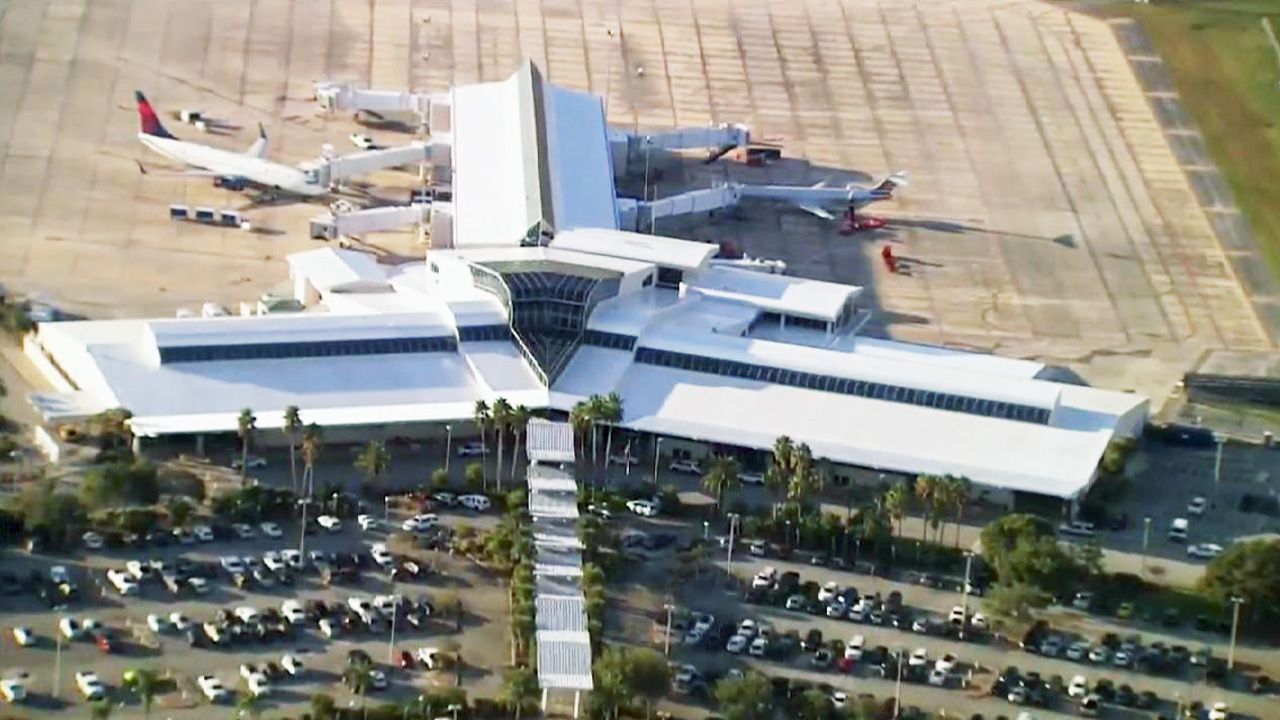DAYTONA BEACH, Fla. - Volusia County is touting a $40 million facelift to one of the region’s economic powerhouses: the Daytona Beach International Airport.
What You Need To Know
- Upgrades required under rules for runways, taxiways, airfield markings, and lighting
- Daytona Beach International Airport safely avoided disruptions during project
- Airport generates an estimated economic impact of more than $2.1 billion
The airport recently announced the completion of a 30-month, wide-ranging upgrade funded mostly by the Federal Aviation Administration - all while keeping airport traffic humming.
The FAA picked up 90 percent of the cost. The Florida Department of Transportation and airport chipped in to fund the remaining 10 percent.
Airport Director Karen Feaster noted the project did not disrupt airline operations, despite several closures of the main runway and temporary changes in traffic patterns.
“Daytona Beach International Airport has been the busiest airport in Florida for aircraft operations (takeoffs and landings) for the months of August, September and October and the second busiest for November, so you can [imagine] the level of coordination that has taken place for the duration of this construction period,” Feaster said in a statement.
“Construction plans take into account the heavy student training traffic at the airport along with our growing commercial service and with this large of a project, I’m proud there were no safety issues or disruption in airline operations,” she added.
The airport generates an economic impact of more than $2.1 billion for Volusia County while providing more than 2,382 local, full-time jobs, according to a FDOT report.
“The airport primarily supports business activity, recreational flying, and flight training,” the report says. “Most flight training operations originate from Embry-Riddle Aeronautical University, a premier aeronautical college located on the eastern edge of the airfield.”
The airport serves another neighbor, Daytona International Speedway, a major destination for thousands of visitors every year.
“In addition, the airport hosts numerous community events, such as county meetings, community appreciation days, and chamber of commerce events,” the FDOT report notes.
The upgrades were required under rules for runways, taxiways, airfield markings, and lighting.
“It involved the rehabilitation of asphalt pavement on Taxiway November and portions of Taxiways Alpha and Papa,” an airport statement said.
In addition, several connectors were modified, relocated or removed to comply with the latest FAA construction standards.
The airport said the project spanned 1.8 million square feet. It also involved:
- 115,000 tons of asphalt
- 816 energy-saving LED airfield lights
- 112 energy-saving LED guidance signs
- 201,000 feet of 5,000-volt, copper-stranded cable



